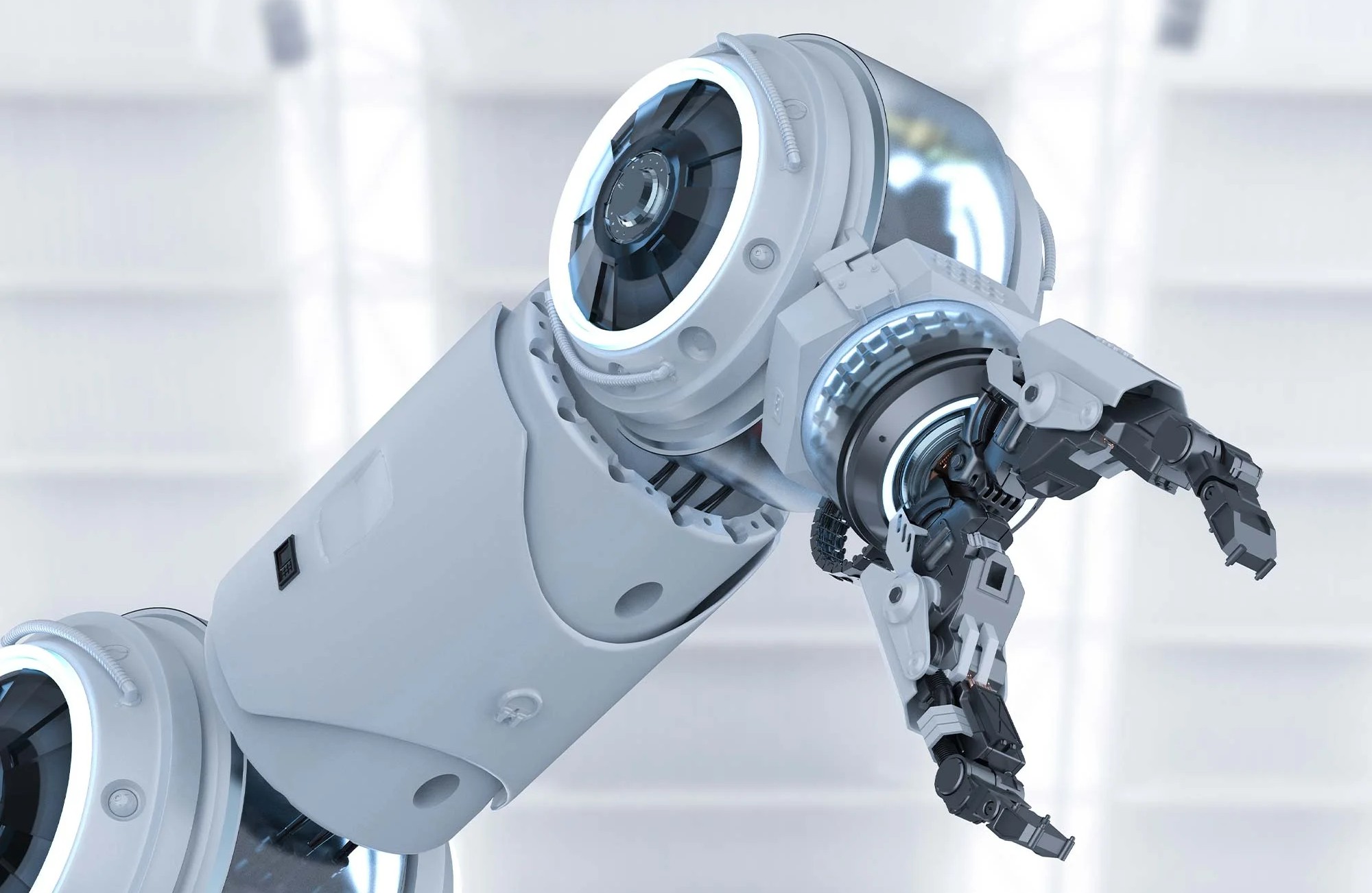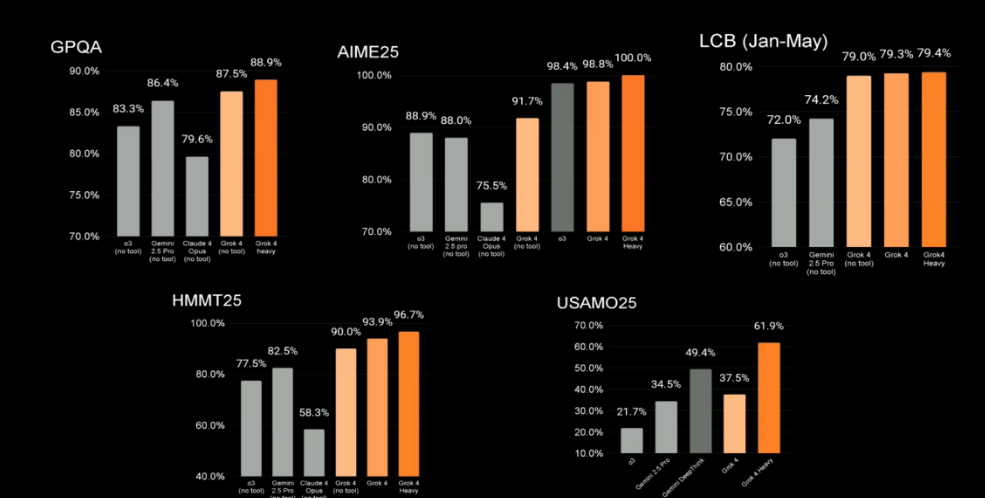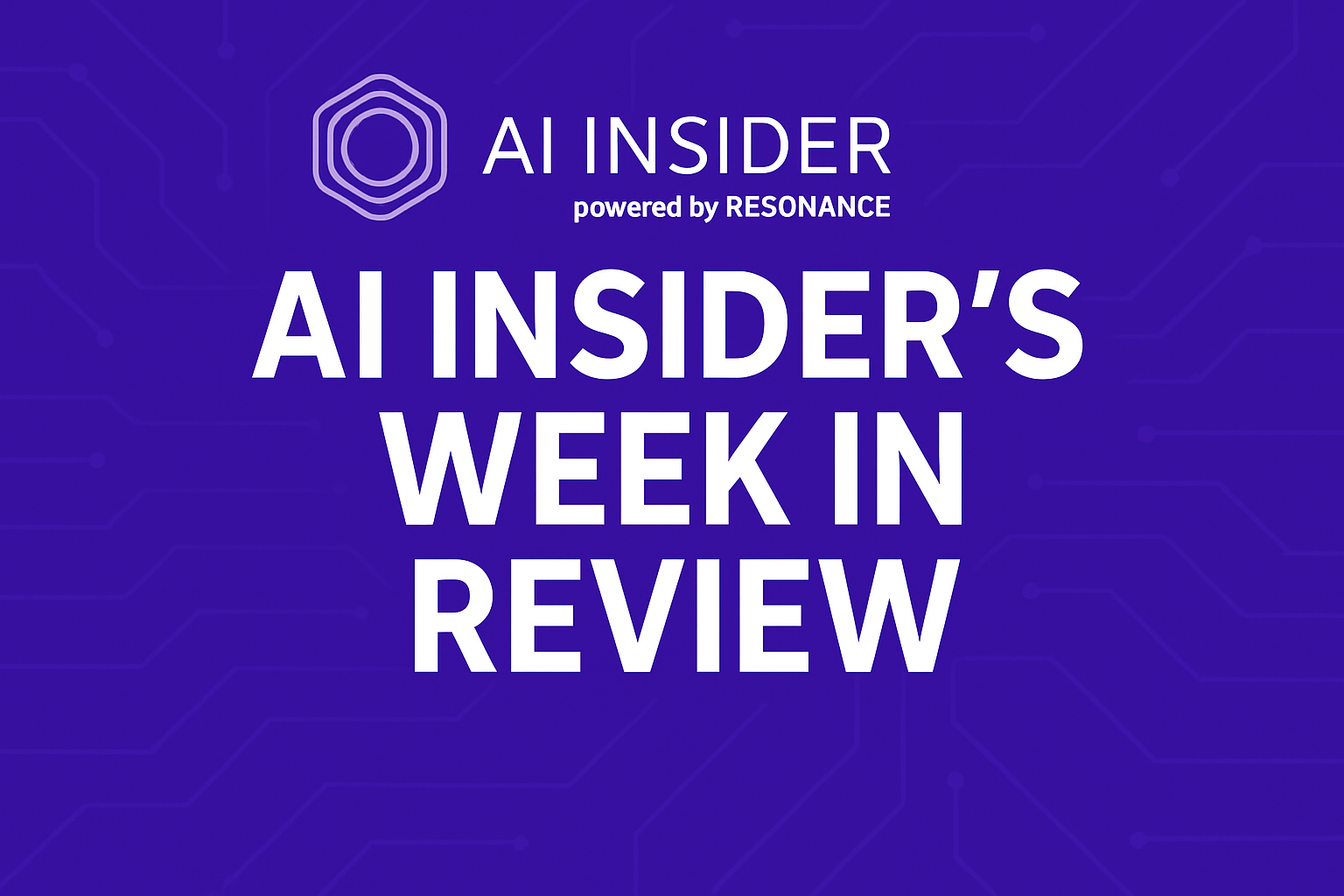Questions, it seems, are emerging about AI’s environmental impact and potential to address climate change. Industry leaders Seth Dobrin of Qantm AI and Tim Rosenfield of Sustainable Metal Cloud recently discussed this critical issue, offering insights into both the challenges and opportunities.
The energy consumption of large AI models and data centers is a growing concern. As Dobrin noted: “For every 25 to 50 prompts depending on how big they are, you use about a half a liter of water just through evaporation” when using popular AI chatbots. This underlines the hidden environmental costs of seemingly effortless AI interactions.
However, Rosenfield’s company is pioneering more sustainable approaches.
“We’ve been able to deliver into Singapore more AI capacity than has ever been available before in a private cloud like ours, thanks to this ability to use half the energy,” said Rosenfield. By rethinking data center design and cooling methods, significant efficiency gains are possible.
Dobrin stressed the importance of purposeful AI development, suggesting companies “focus on the use case, what problem you’re trying to solve and then determine what type of latency you can tolerate.” This targeted approach could reduce unnecessary energy use.
Rosenfield echoed this, advocating for “small task specific models.” He explained: “These massive, large models are not what the technology was built for. They’re cool, they’re fun, but that’s not the solution that’s also going to help the power.”
Both experts see promise in new technologies. Dobrin mentioned his venture fund is investing in “new hardware paradigms” and “new math compression algorithms that are 50 times faster than traditional matrix multiplication.” Meanwhile, Rosenfield’s company utilizes innovative cooling techniques, explaining “We use wastewater…we don’t use chillers. So that’s the energy saving.”
The path forward requires reimagining AI infrastructure and development practices. As Dobrin stated: “We absolutely need new paradigms of cooling.” Rosenfield added that tackling these challenges demands “a verticalized system” where chip design, cooling, and data center construction are considered holistically.
While AI’s energy demands pose risks, the technology also offers powerful tools for climate solutions. By prioritizing efficiency and sustainability alongside capability, the AI industry has an opportunity to become a positive force in combating climate change rather than exacerbating the problem.
Featured image: Credit: Fortune






